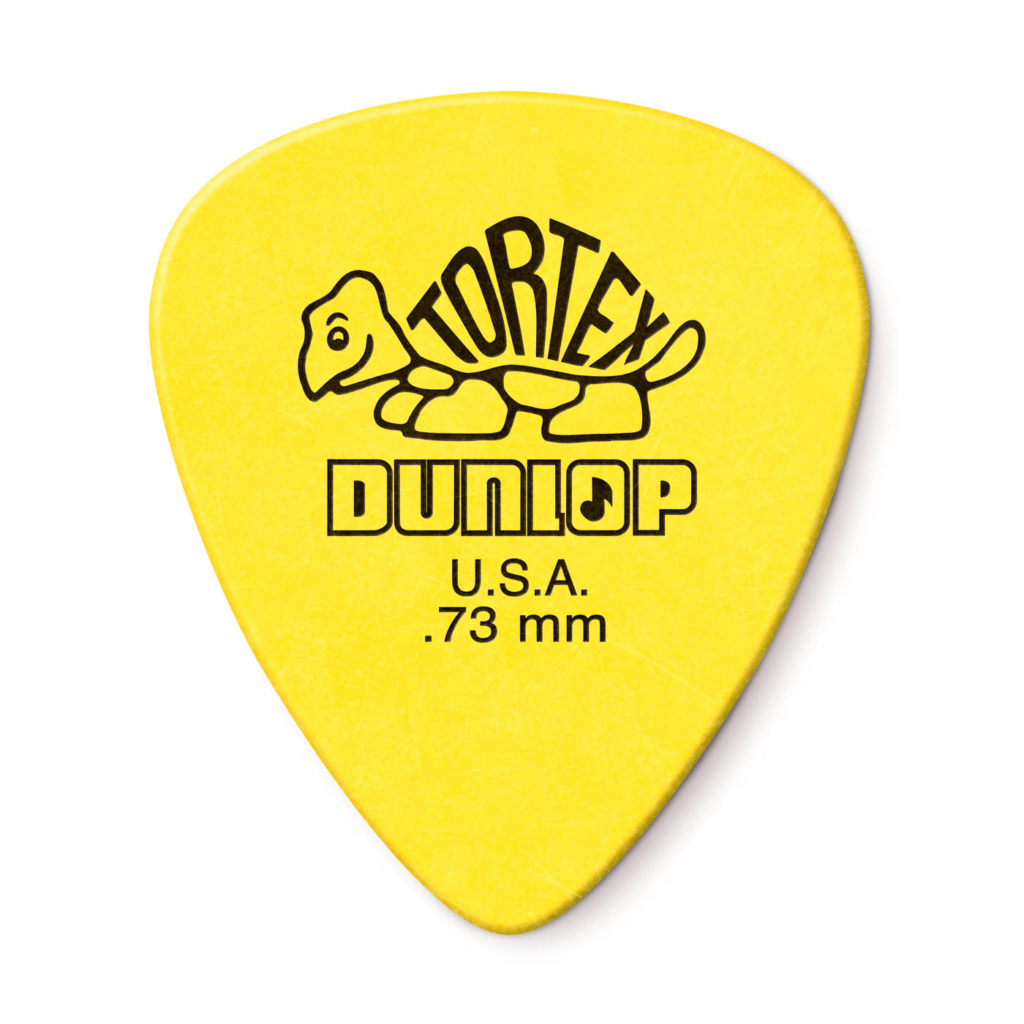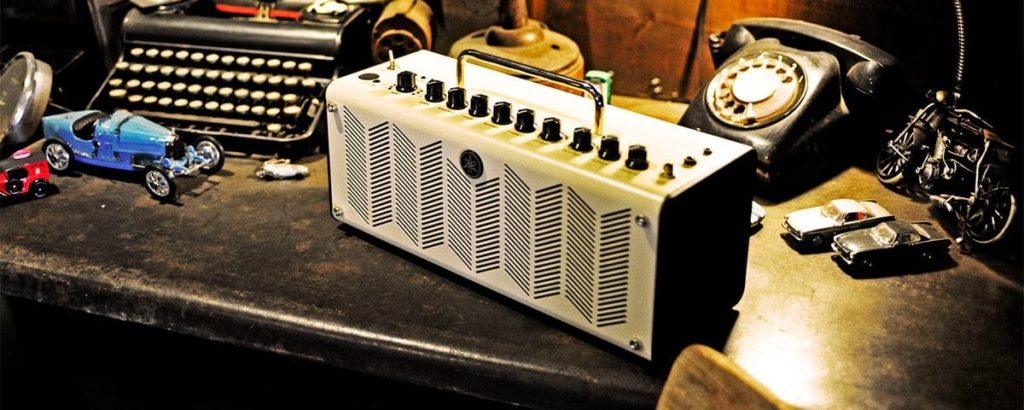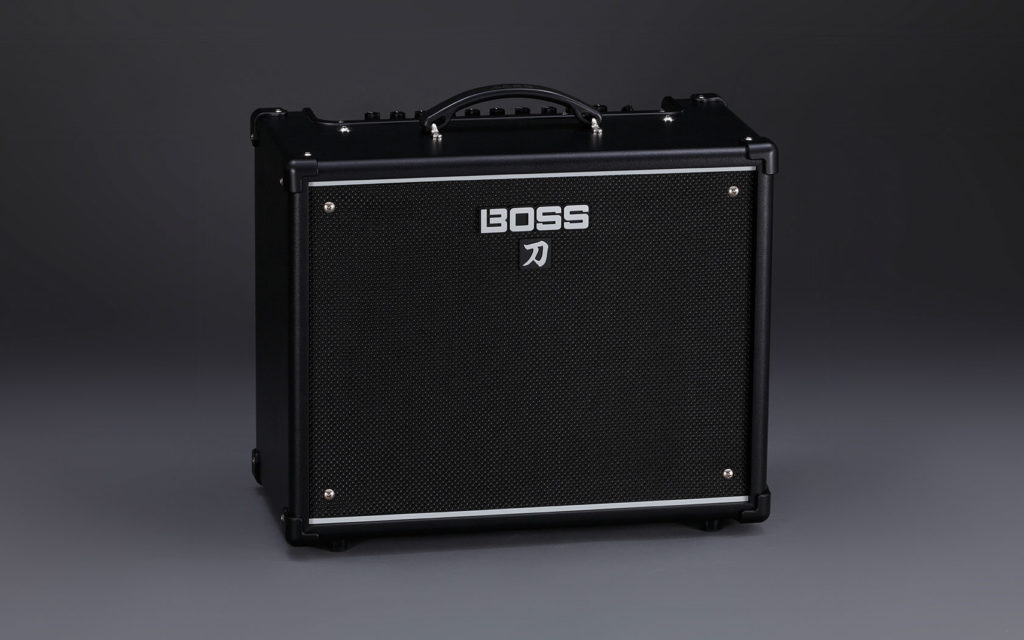One thing I get asked about a lot is what I think a good beginner guitar setup looks like. Not just from a gear standpoint (even though the gear is important), but how to go about setting up a practice schedule, my thoughts on guitar lessons, and more.
The Gear
I think the ideal gear setup for a beginner can be standardized, though it can certainly vary if you have certain specific music tastes . For instance if you live and breathe metal and know that’s wall you really want to play, I would not steer you towards a Fender Strat style guitar.
The Guitar
In most cases, I would recommend a Squier electric guitar. Squier is a sub-brand of Fender and they are very high quality instruments considering how inexpensive they are. It will be a while before you outgrow a Squier, and you can always choose to make upgrades to just about every component as your playing progresses.
You can get a good idea of the quality of Squier guitars from this video, where Fender master builder Ron Thorn picks up a few Squiers and is thoroughly impressed:
It doesn’t really matter to me if you go with a Strat, Tele, or something else. Choosing which one is more “you” is one of the fun parts and I’ll leave that one up to you.
Aside from Squier you could go with a Les Paul style electric guitar, SG style electric guitar, or if you’re a metal fan look for the cheaper offerings from Ibanez.
Pick a Pick
In my guitar wisdom page I say
The thicker the pick the more accuracy at higher speeds.
But you’ve got a ways to go until you are playing at high speeds, so in the beginning pick a medium width pick and move on. Really, any will do. Dunlop Tortex is extremely popular, get something like a .6 or .73 mm. Try not to go lower than that.

The Amp
Now you need an amp. Instead of blabbing away about how you have dozens of options, I’ll just go to a couple of can’t miss recommendations. First, there’s the Yamaha THR series. These are like lunch box format amps that sound great at bedroom volumes and have every option you can think of built in. Most importantly you can use them with headphones, which, believe me, you’ll want to do as a beginner. There are several to choose from and you can have some fun deciding what the best one for you is.

Alternatively you could try a Boss Katana amp. I would probably go with something like the Boss Katana 50. These have gotten rave reviews and like the Yamaha THR they can do it all.

The Cable
You’ll need a cable to hook up your electric guitar to the amp. As a beginner you shouldn’t overthink this. Go with a company that has a good reputation and spend as little money as possible on a cable. D’Addario makes nice cables, just make sure to buy one that’s labeled as a guitar or instrument cable. Do not buy a speaker cable.
If you go with the Yamaha amp you don’t need a tuner for now, because it has one built in. I don’t think the Katana does, so the cheapest and best way to get your guitar tuned up is with a headstock tuner like the Snark. It’ll set you back about $10.
One quick word about getting your electric guitar set up: Most inexpensive electric guitars are hit or miss on how well they are set up. As a beginner you should not worry too much about what this means, but know that a good setup can make a big difference on how easy a guitar feels to play. One of the most impactful things is the distance from the strings to the fretboard. If you buy your guitar from a big retailer like Sweetwater or Guitar Center they might ask if you want to pay a few extra bucks for a setup – I think it’s worth it. Otherwise, you can take your instrument to a local guitar shop and ask them to do a basic setup. They’ll know exactly what it means and should get it going, no problem.
Practicing & Guitar Lessons
Here’s where the rubber meets the road. As a beginner guitar player, I hope you’ll be able to dedicate at least 30 minutes 3-5 times per week to practicing and playing. Like most things, the more you put into it the more you’ll get out of it.
Every beginner has sticking points in their journey, and the more you are willing to hammer away at it in the beginning the faster you’ll progress and get to more fun stuff, when you can actually play some of the songs you like on the guitar and feel confident doing so.
I think in-person guitar lessons can be great, if you have the time and money. The problem is that you’ll have to do some research and determine if the guitar instructors around you are actually good teachers (remember just because they can play well doesn’t make them effective teachers).
Online Guitar Lessons
My preferred method for beginners is online guitar lessons. Why? Well cost and convenience, for starters. They’re usually the price of a couple cups of coffee per month, and it’s easy to cancel anytime. Furthermore they have already been vetted. There are no shortage of ratings and reviews of any guitar lesson site you can find. This article for instance talks about the pros and cons of several of the most popular guitar lesson websites. If I were you I would quickly pick one and actually get into it. Why quickly? Because, just like with guitar gear, you can easily get bogged down in analysis paralysis with all the options available to you. I would much rather you just pick one of the popular websites – Guitar Tricks, JamPlay, whatever – and get going. Do a free trial and jump right into the lessons.
My guess (and my hope) is that you’ll quickly get hooked. You’ll likely progress through the first beginner lessons quite quickly, and before you know it you’ll be strumming along to some simple songs. It’s quite a magical feeling, and you should feel proud to get to this point – you just acquired a wonderful new skill that you can take with you in so many different directions.
I sincerely hope this was helpful. Happy playing! 🎸 And remember:
The amount of reward is commensurate with the amount of discipline.